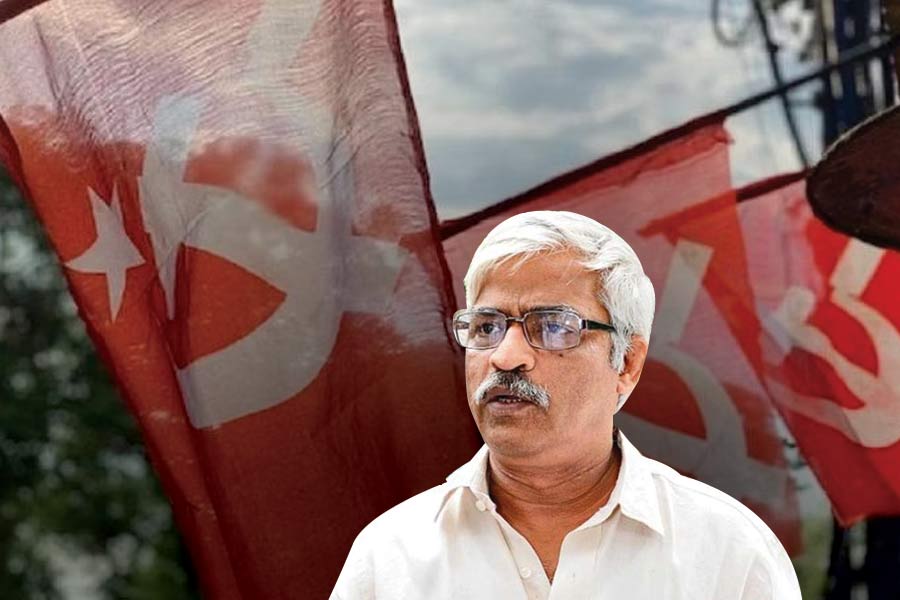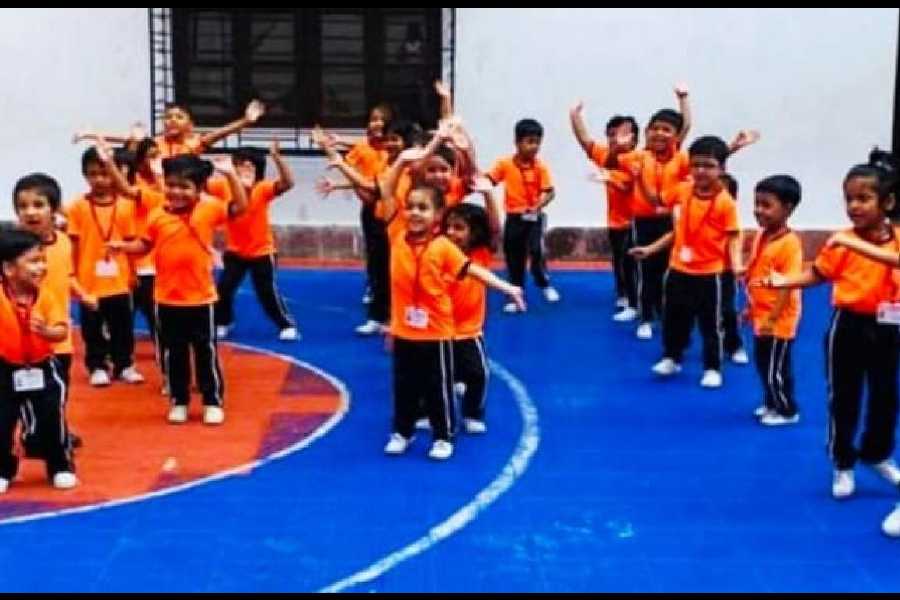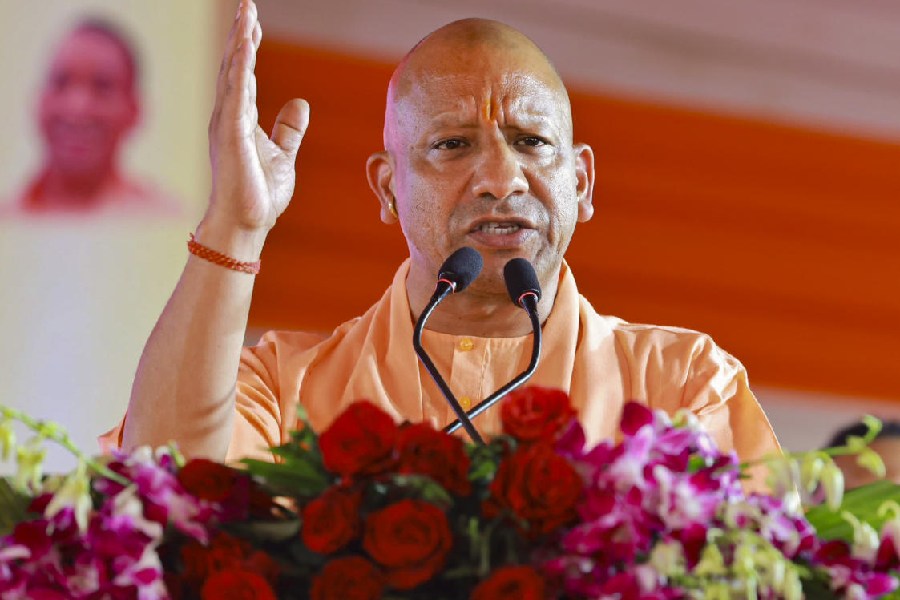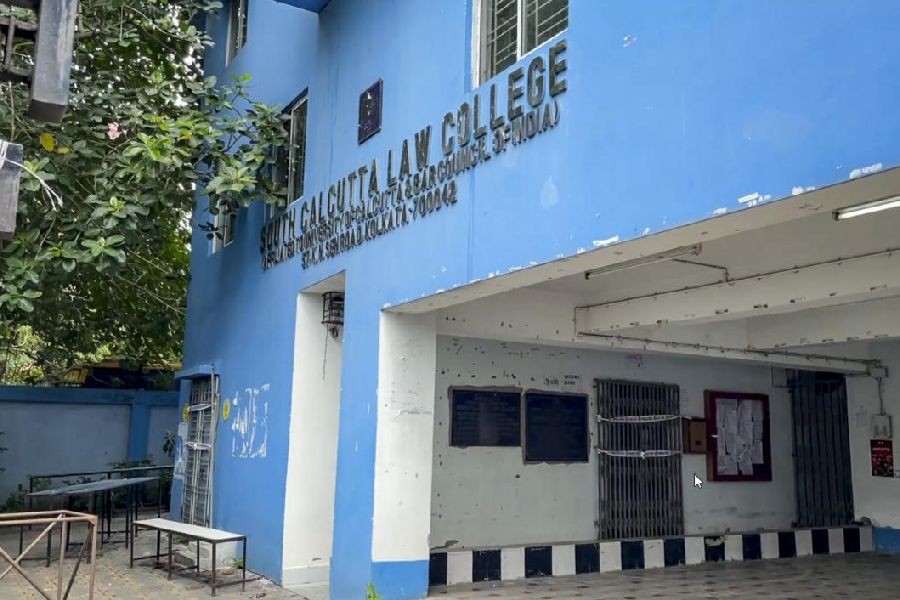 |
Bhubaneswar, March 11: Anthropologists, who are excavating a site near Banga village in Harirajpur gram panchayat area on the city outskirts, have found a 5-ft tall skeleton, which, they claim, belong to the Neolithic-Chalcolithic era.
Utkal University anthropologist K.K. Basa claimed that the skeleton could be around 3,500 to 4,000 years old. In the first week of February 2013, a more than 7-ft tall skeleton was unearthed from the area.
While the first skeleton was found to be of a male person after forensic studies, the new skeleton, excavated yesterday, will also undergo similar tests by experts for its sex determination.
The present excavation started at the site on December 16 last year. After the initial preparatory phase, the full-fledged excavation drive began at the site only after the first week of January. Experts carrying out the excavation suspected the skeleton’s presence three days ago, but as it was not in a good shape like the one discovered last year, they decided to take it out early fearing rain.
“Today, we had to take the skeleton again to the site as local people wanted to have a look. There was a huge problem in our work last year due to public interference. So, we were in a hurry to excavate the skeleton early this year,” said an archaeologist working at the site last night.
Professor K.K. Basa, who was also the director of Indian Museum, Calcutta, said: “Besides the skeleton, we have also discovered series of floors during the excavation at the Banga site — which indicates that the area was continuously inhabited by people. It also provides important links to the emergence of an early farming community in coastal Odisha.” Other artefacts recovered from the site also gave a brief overview of the development crafts such as pottery, stone tools, copper working and tools made of animal bones.
Shantanu Vaidya from Deccan College, Pune, who assisted the team in the excavation, said: “Excavation of human skeleton from near the houses proves that there could be a practice of burying the dead near the habitation.”
Besides, presence of animal bones near the skeleton also proves that there could be a practice of animal sacrifice near the dead. “Similar practice was also found in historical sites of Maharashtra, Karnataka, Andhra Pradesh, late Harappan civilisation, parts of Kashmir and even in Tamil Nadu. The practice also shows that there could be a link in the trans-Indian socio-cultural scenario regarding the practice,” Vaidya said.
Near the excavation site, the experts also found horse-shoe-shaped three hearths, which were probably used for cooking and baking.
“The beautiful circular floors found at the site indicated that the residents had a good sense of design and planning though they only used walls and floors made of clay at that time,” Vaidya said.
“The teeth samples of the skeleton will be sent for ancient DNA studies at the Centre for Cellular and Molecular Biology, Hyderabad. The studies will detect whether the population belongs to the local origin or the people came from outside,” Basa said.
Sunil Patnaik, an archaeologist with the state culture department, said: “The excavated site proves that the habitation took place there before the existence of Sisupalgarh near Bhubaneswar or Radhanagar in Jajpur district. The Harirajpur excavation site could establish the link of the transition between rural economy and urbanisation or fortified settlement.”
The department of anthropology at Utkal University, Deccan College, Pune, the Odisha Institute of Maritime and South East Asian Studies and the Centre for Heritage Studies, Bhubaneswar, are jointly carrying out the excavation, which is funded by the state culture department. The excavation may continue till the end of this month.
Anthropologists R.K. Mohanty, P.P. Joglekar and Pankaj Goel of Deccan College, Pune, and D. Sahu of Utkal University are also guiding students at the site.










